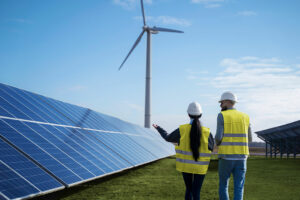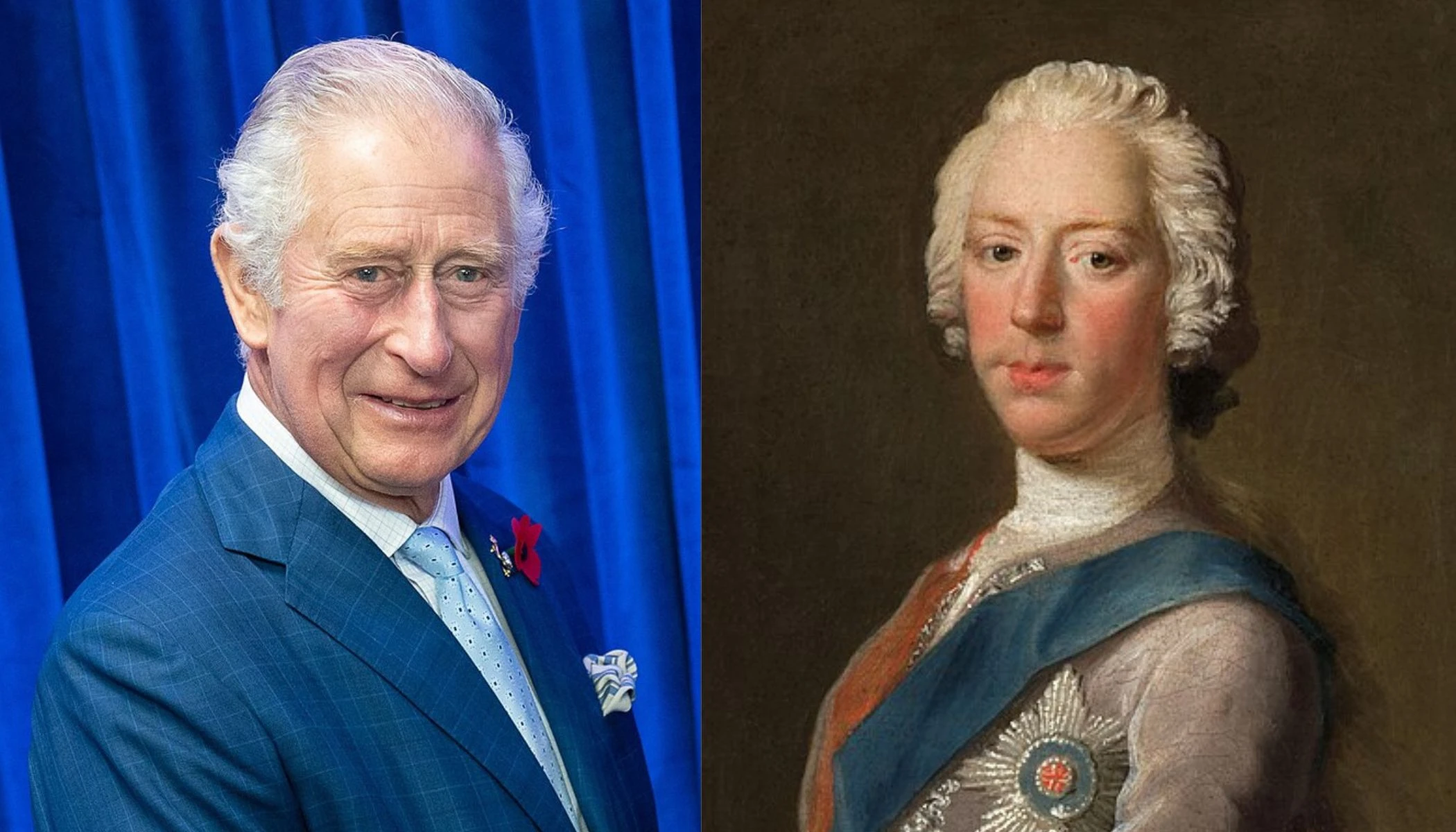Energy transition seen backed by wind, solar resources
WIND and solar energy resources are seen to drive the country’s transition into cleaner energy, according to top energy players, who highlighted the need to boost the transmission infrastructure. “We don’t think that geothermal potential in the Philippines would close that gap of 5,000 megawatts (MW) of renewables. We believe that a lot of that […]

WIND and solar energy resources are seen to drive the country’s transition into cleaner energy, according to top energy players, who highlighted the need to boost the transmission infrastructure.
“We don’t think that geothermal potential in the Philippines would close that gap of 5,000 megawatts (MW) of renewables. We believe that a lot of that will be driven by solar and wind, which have low output or low capacity factor,” said ACEN Corp. President and Chief Executive Officer Eric T. Francia during the BusinessWorld Economic Forum last week.
Mr. Francia said that the Philippines needs to build 18,000 MW of renewables to adjust to the low capacity factor of solar and wind resources.
“When we now look forward, by 2030 and beyond, the country is growing at 5-6% per year and that translates to about 1,000 megawatts of new capacities that we need to build every year,” Mr. Francia said.
Looking at the next seven years and beyond, he said that the country will need to build around almost 6,000 MW of “clean” capacity, which is to be driven by solar and wind sources.
ACEN is building solar and wind power projects with a total capacity of 1,100 MW, of which 700 MW is expected to be operational in the next three to six months, Mr. Francia said.
Currently, ACEN has approximately 4,430 MW of attributable capacity spanning the Philippines, Vietnam, Indonesia, India, and Australia.
Meanwhile, Abotiz Power Corp. (AboitizPower) President and Chief Executive Emmanuel V. Rubio said that there is a need to balance “variable” renewable energy (RE) sources to ensure grid preparedness for its buildout.
“What’s not being discussed is that energy needed to balance the variability of solar and wind,” he said, adding that the power grid can manage only up to a certain level of renewable energy capacity.
AboitizPower has set a target net attributable capacity of 9,200 MW and a 50:50 balance between its RE and thermal portfolios by the end of the decade.
Mr. Rubio said that the country’s energy transition needs to consider a lot of things.
As of end-2022, renewables accounted for about 22% of the Philippines’ power generation mix. The government wants to increase the share to 35% by 2030 and 50% by 2040.
“It’s easy to actually discuss and simplify things but it’s not simple. The transition has to be well-managed and well-planned and every time there’s a discussion on transition to cleaner energy, I think what has to be put into the table is also about climate justice and energy equity,” he said. — Sheldeen Joy Talavera


















